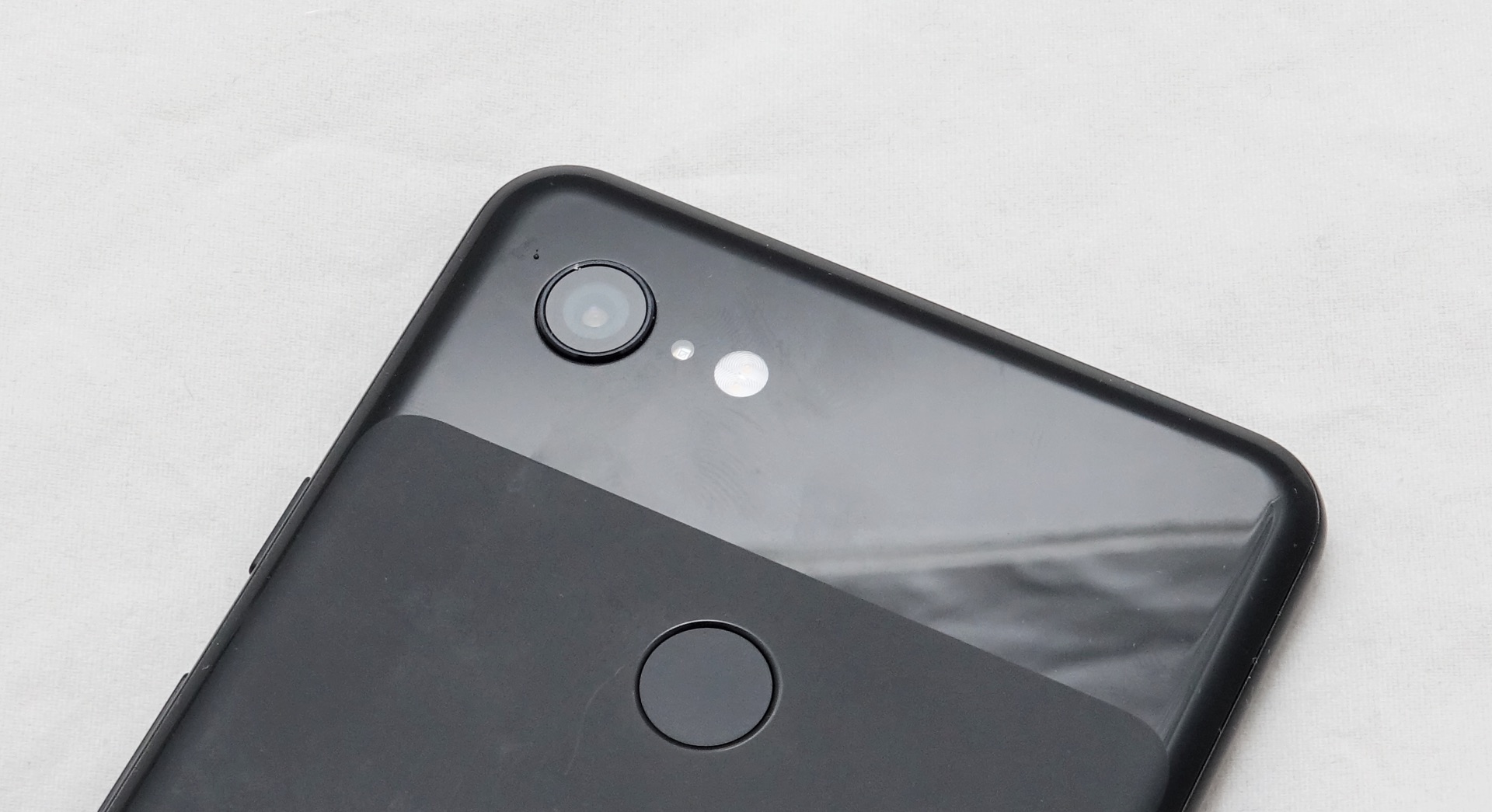It has no real name and no real release date, but if you like to live dangerously and have a Pixel smartphone, Android Q is kind of here.
A new version of Android is coming, and it will be here quicker than you might expect. You can quiz and question the quality of coders working on the quantity of Android releases, and they’d probably just point you to Q, or more specifically, Android Q, because Android Q is in beta.
This is where Android Q starts, mind you, and while it doesn’t yet have an official name, it is in the position to let folks with a Pixel, Pixel 2, or Pixel 3 (including the XL variants) have a bit of a test, replacing their operating system with the first glimpse of the next Android operating system.
As to what Android Q will feature, right now the majority of improvements are things relating to security and control, with privacy improvements, fine control to location requests, and connectivity improvements that change privacy and security for the better.
There are some fun things, too, with support for multi-screened devices, suggesting Android Q will be developed with flexible phones in mind, possibly supporting devices like Samsung’s Galaxy Fold and the Huawei Mate X.
Google is also including new audio and video playback technologies, supporting AV1 video codec, Opus audio codec, and HDR10+, which should bode well for improved media streaming, especially from a developer standpoint.
There’s a new native MIDI system as well, something that folks who spend time with a piano and keyboard might really find interesting, especially since electronic musical instruments usually steer clear of Android because of compatibility and performance issues. In this area, Apple’s iOS clearly has the lead, though this could help Android gain some of those users.
And finally there’s your camera, with Android Q set to enhance depth-based images using that secondary depth camera by created a “dynamic depth” format. In theory, this idea could allow Android phones with two or more cameras to create 3D and augmented reality images, and possibly more in time. If anything, it should produce better background de-focus images, with the Android operating system used to make these images better overall.
All of that is awaiting developers keen to see what Android Q has for them, which right now is only available on Google’s Pixel range, and nothing else. Now it is a developer operating system and is in beta, which means things can and probably will go wrong.
However if you like to live on the edge, you’ll find the instructions over at Android’s beta page, alongside not a single hint as to what Android Q will be officially called. It’s usually a dessert beginning with the release later, so desserts beginning with Q: Quindim? Qottab? Quesito? Nesquik (which used to be just Quik)?
Frankly we have no idea, though given we’re kinda expecting the latter, though will have to wait until Google IO to find out.





